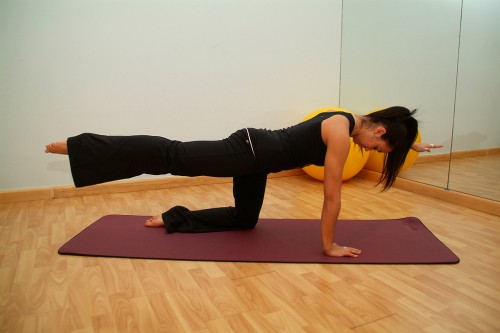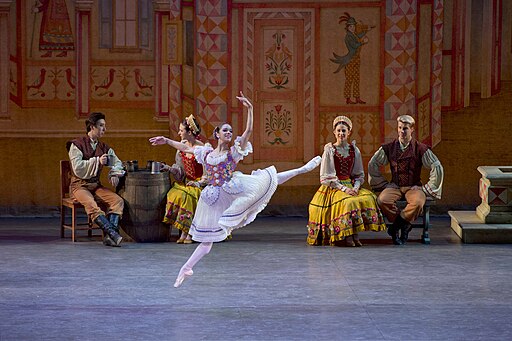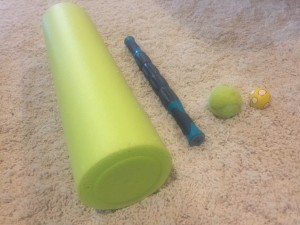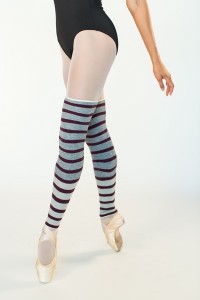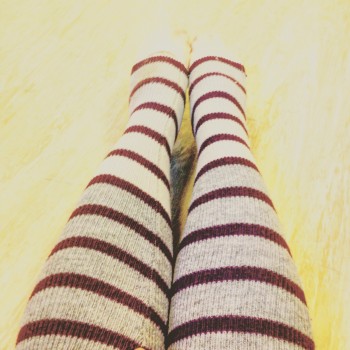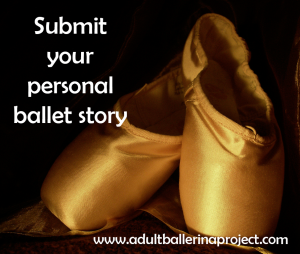Cross training can sound intimidating: what about time commitment, additional expenses, or lack of energy? However, don’t let these factors prevent you from adding a new exercises to your daily routine.
During my dance career, I experienced a plateau period when I didn’t notice advancements in my dancing. This was a frustrating time, and I struggled to find a reason why I wasn’t improving and gaining strength. I noticed my most prevalent weak area was my core, so I searched for exercises that would be most beneficial. Over time, I realized that I needed to incorporate some type of cross-training in addition to my usual ballet classes. I found my niche in Pilates, the ultimate core building series of exercises invented by Joseph Pilates. I realized that I needed a strong core, or powerhouse, to get to the next level.
Pilates is a fantastic cross training option that will improve your dancing and overall well-being. Focusing primarily on core strength, Pilates provides the perfect accompaniment to ballet’s core centered exercises. The moderately paced mat classes offer a low impact yet effective workout that will sculpt the body into a long, lean silhouette.
After completing the beginner phase of training, the workout starts with a challenging abdominal series, requiring immediate movement. Not to be mistaken for the series of prolonged yoga poses, Pilates requires swift execution of with rare, brief rest periods between exercises. The movement continues at a steady pace, including targeted leg, arm, and back work. The assortment of exercises prevents loss of interest and provides a full body workout.
Ultimately, the goal of Pilates as a cross training exercise is to enhance the lean muscle mass achieved in dancing. Also, Pilates leads to increased core strength and flexibility, as well as improved posture. For those who are searching for additional ways to improve their dancing, Pilates is a fantastic option for reaching the next level.
Image via Flickr User Migration Museum Project

